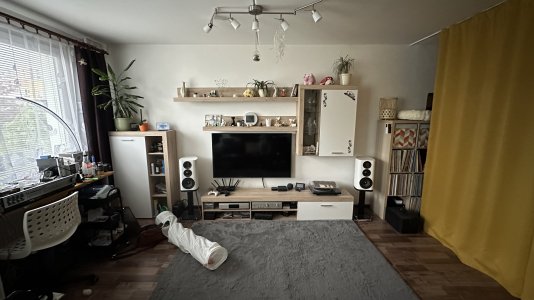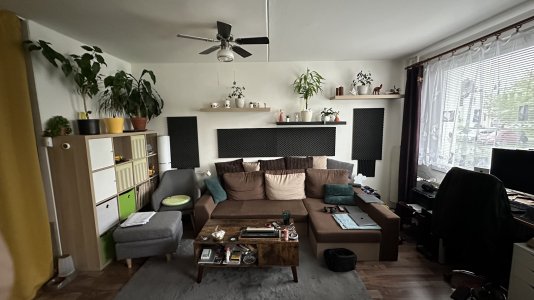Hi,
To streamline the feedback we're rolling out a feedback platform, that we'd like our testers to submit feedback through.
For those who are beta testing the Room Correction feature, please select "Beta: Room Correction" and create an account through this platform. Our team will review the feedback sent through this platform.
WiiM Testing & Feedback Community
If you would like to join as a beta tester, please sign in, and we'll send you the beta firmware.
The goal is eventually moving all our feedback-related submissions through this Centercode platform. We're still tweaking the platform so thanks for your patience.
If you have any questions, please let us know.
Thank you!
WiiM Team




